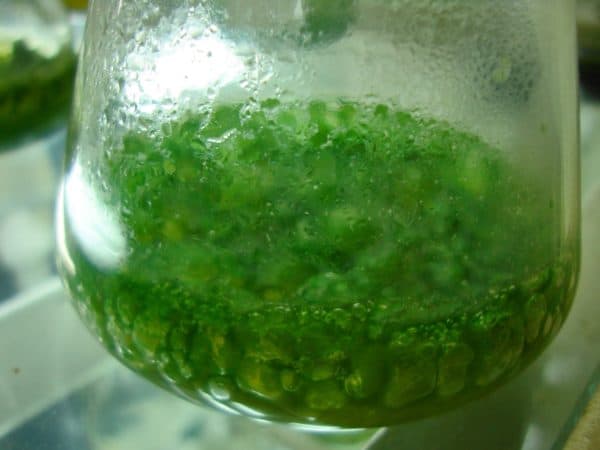
 Recent research on the correlation between blue green algae and liver cancer has turned up negative.
Recent research on the correlation between blue green algae and liver cancer has turned up negative.
A study published in the International Journal of Environmental Research and Public Health found no association between blue green algae contamination in Canada’s lakes and drinking water and the rate of liver cancer in Canada. The study focused on areas known to be inundated with blue green algae and looked for correlations with liver cancer in local populations, without positive results. “Cyanobacterial [blue green algae] contamination of freshwater lakes does not play an important role in the increasing incidence of liver cancer in Canada.”
Liver cancer is one of the fastest rising cancers in Canada. According to the Canadian Cancer Society, numbers have tripled since 1970 for men and doubled for women, rising every year by 3.6% and 1.7% respectively. Worldwide, liver cancer is the third leading cause of cancer deaths after lung and stomach cancer.
The cause of primary liver cancer is not fully understood but it has been associated with cirrhosis or scarring of the liver, which is itself caused by factors such as heavy alcohol use and hepatitis C.
Increases in incidence of liver cancer in Canada are thought to be the result of higher rates of injection drug use as well as immigration from countries where viral hepatitis B and C are prevalent.
But increases in liver cancer risks associated with blue green algae have been observed before. For instance, a 2002 study showed a link between liver cancers in Florida and surface drinking water contamination with cyanobacterial toxins.
The harmful effects of blue green algae are well known – species of blue green algae produce nerve and liver toxins and exposure can cause nausea, vomiting, rashes, eye irritation and, in severe cases, liver injury.
And scientists say the menace of blue green algae (“Harmful Algae Blooms”) choking up the freshwater lakes in Canada and the United States is only going to get worse.
Run-off from agricultural production and the presence of cleaning products in our water system are the big culprits in the growth of blue green algae, as both contribute higher concentrations of phosphorous to our ecosystems. But climate change is poised to be a game changer. With warmer weather comes not only warmer water temperatures but also droughts (which cause changes in salinity in freshwater lakes) and higher carbon dioxide levels, all of which create favorable conditions for algae to prosper.
Recently the U.S. National Oceanic and Atmospheric Administration (NOAA) declared 2015 to be the worst year on record for algae bloom in Lake Erie, covering an area the size of New York City.
In an interview with the Toledo Blade, Richard Stumpf, oceanographer with NOAA, says there will need to be a reduction in greenhouse gases in order to reverse the trend in Lake Erie, where algae outbreaks are a month longer than usual in recent years. “That’s one of the climate change impacts,” Mr. Stumpf said.
Leave a Reply
You must be logged in to post a comment.



 Share
Share Tweet
Tweet Share
Share




Comment